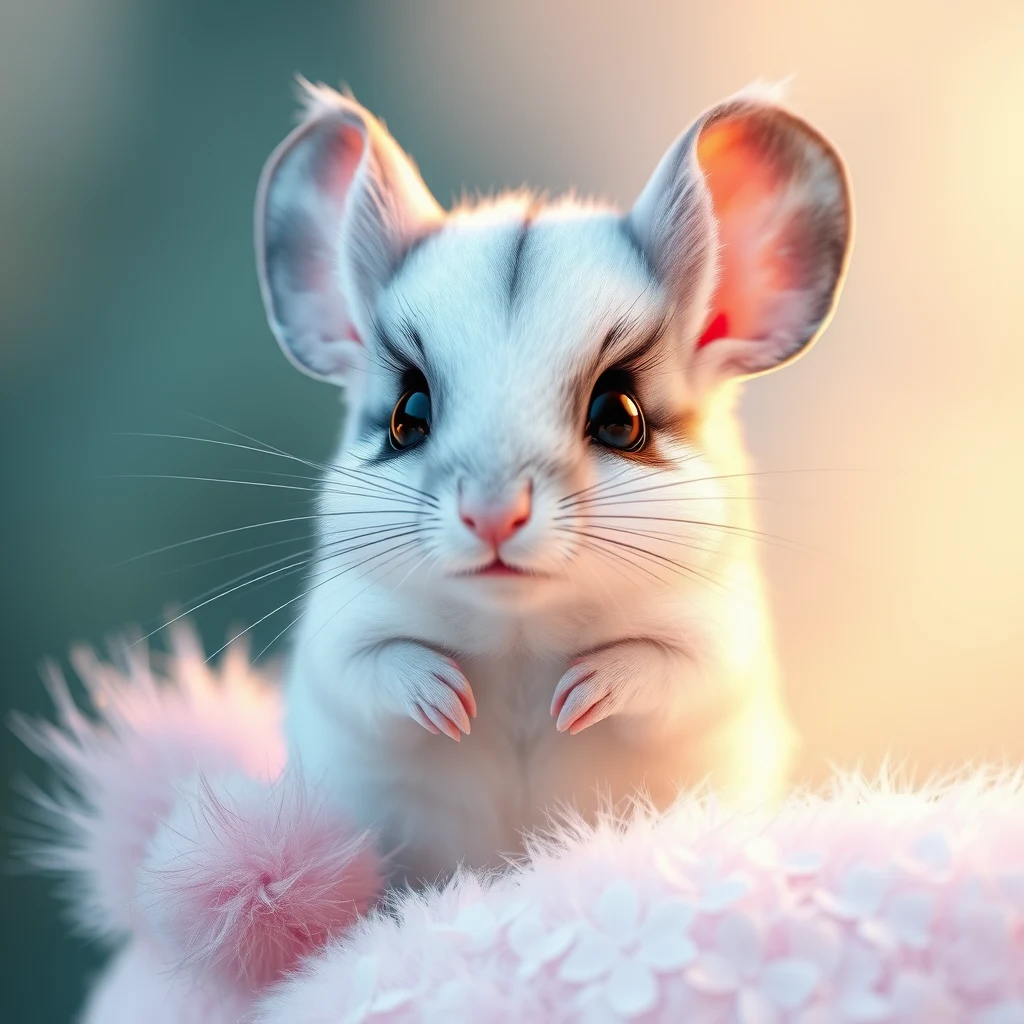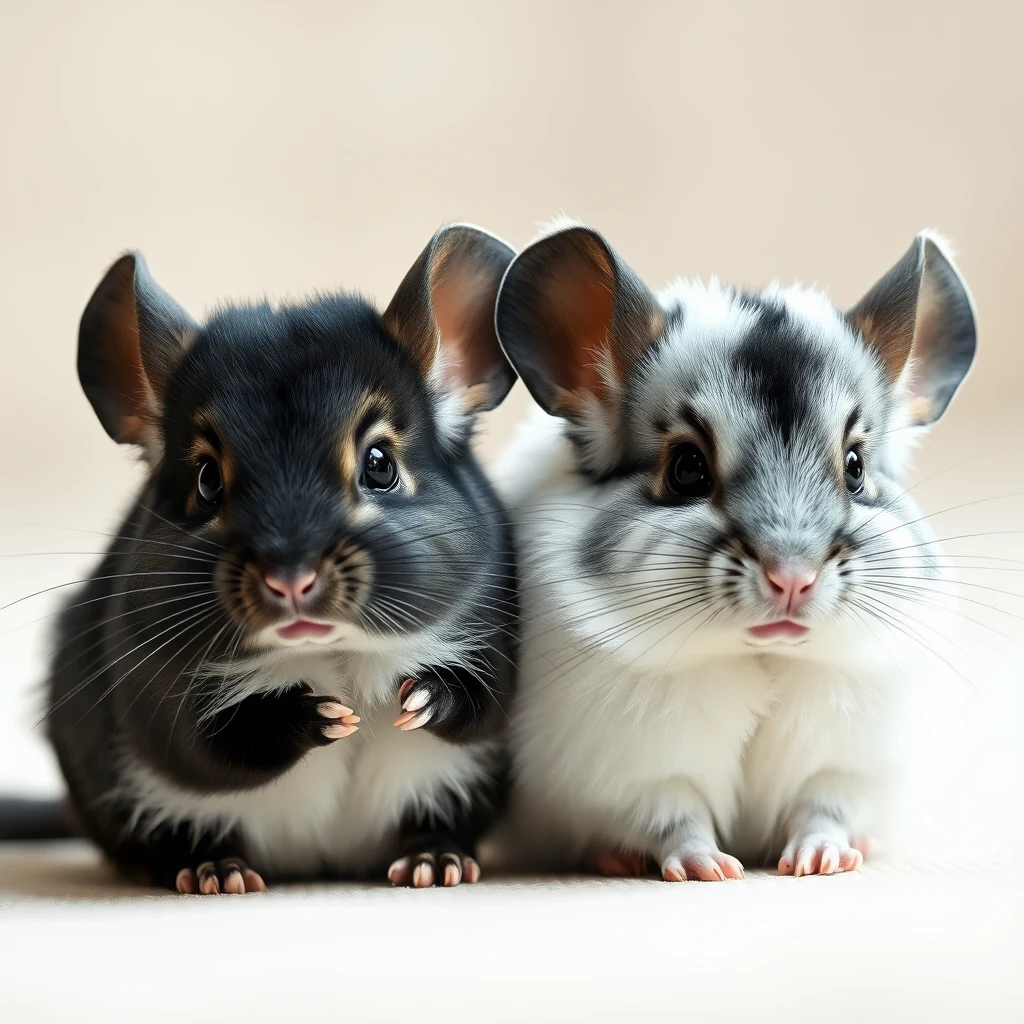The dark, rushing, bracingly cold waters of North Carolina's Watauga River don't make life easy for the conservationists trying to locate rare and endangered Eastern hellbenders.
Earlier this summer, a team of scientists decked out in scuba gear and scoured the riverbed up to 18ft (5.5m) below the surface. Working mainly in the hours around midnight, their work required powerful dive lights and a little animal psychology.
"Hellbenders are difficult to find," says Andy Hill of the conservation organisation MountainTrue, where he is High Country regional director and Watauga riverkeeper, the key protector, watchdog and spokesperson for the Watauga River watershed. "They're perfectly camouflaged. We try to get into the mind of a hellbender – we identify quality habitat and look for clear, cold-running water. We look under every rock and crevice. You train your eye to look for movement – a blinking eye, a flash. You're elated every time you find one."
Every hellbender counts in the mission to save the largest aquatic salamander species in North America. The elusive, little-known freshwater amphibians, which can grow up to 29in (74cm) long, live in rivers in underwater caves or dens formed by boulders. They have broad, flat heads and stocky, flattened bodies that help them blend into rocky stream beds, with short strong limbs and small beady eyes on top of their heads. They're usually grey or brown in colour, with blotchy or mottled skin that helps them to remain camouflaged in rocky riverbeds.
The animal also goes by the nicknames "snot otter" (due to their slimy skin, which secretes mucus to protect them against bacteria and parasites), "devil dog", "grampus". Their skin is wrinkled and loose, especially along the sides of their bodies, which increases the surface area for respiration, as hellbenders can absorb oxygen through their skin – those flappy folds of skin along their torsos look like a cooked lasagne, earning them another nickname: "lasagne lizard". The salamanders are hard to spot, not just because they're good at hiding, but because their numbers are dwindling.
Previously widespread across 15 US states, from southern New York to northern Georgia and from the central Appalachians to Missouri, nearly 80% of hellbenders have been wiped out across their range. Hellbenders are listed as near-threatened by the International Union for Conservation of Nature (IUCN). In some areas, particularly in the Ozarks and the Appalachian regions, they are currently endangered or have gone locally extinct. In North Carolina, hellbenders are a "species of special concern" (a legal designation for wildlife facing significant risks).
Hill's latest surveys for the hellbender in the Watauga River ran for five days in June. Working as part of a crew of 10 scuba-diving scientists from MountainTrue, North Carolina Wildlife Resources Commission, American Rivers and Appalachian State University, the team's task was to find hellbenders and move them out of harm's way, ahead of removing a dam on the river. Shull's Mill Dam is an old gristmill that dates back to the 19th Century, previously used to grind farmers' grain.
In total, the team removed nine hellbenders: four adult females, four adult males and one immature (larval stage) hellbender. The hellbenders were placed in temporary wooden and soft meshed enclosures, which were then anchored to the riverbed in a new site 14 miles (23km) downstream, a high-quality habitat created by the removal of another dam, Ward's Mill, in 2021. They remained in enclosures for 48 hours before release, to recover from the stress of relocation and acclimatise to their new surroundings. This helps survival rates, according to Hill. The hellbenders have been tagged and will now be monitored to see if they stay and breed in the new location, or move elsewhere.
It's not the first time hellbenders have been relocated in the US for works such as bridge replacements or road projects. But this was the first time hellbenders were moved from one dam-removal site to a spot where a dam had already been removed, says Hill. Rescuing as many adult hellbenders as possible is important, explains Hill, as long-living breeding adults contribute many generations to the population.
Nearly 41% of amphibian species around the world, including salamanders, frogs, newts and toads, are currently at risk of extinction, making the group the most threatened class of vertebrates. Habitat loss affects 93% of those threatened amphibians.
"There is no recorded decline as drastic as the one experienced by amphibians," says Amaël Borzée, co-chair of the amphibian specialist group at the IUCN's Species Survival Commission. "Declines are not localised – they're truly global. The main threat is habitat loss and degradation – preventing further habitat degradation would be vital."
Climate change is also proving to be more of a risk than previously thought, says Borzéem, as are the impacts of extractive industries such as mining. "While most species can face threats once at a time, the synergy of threats touching amphibians is deadly to numerous species."
In July, the amphibian specialist group called for urgent global action to prevent further losses. Like insects or unpopular species like vultures, amphibians "only extremely rarely get the attention they need", says Borzée. "There are very few protected areas focusing on an amphibian population, despite the number of threatened species. Amphibians have permeable skin and often live in both aquatic and terrestrial habitats, so they can be incredibly sensitive to environmental changes, such as pollution."
Watch this short NPR video about relocating and conserving them in Ohio:





 Meet the "lasagna lizard"
Meet the "lasagna lizard"  AKA the snot otter
AKA the snot otter  the US's ancient and unique salamander
the US's ancient and unique salamander 












Jump in the discussion.
No email address required.
Jump in the discussion.
No email address required.
Jump in the discussion.
No email address required.
More options
Context
More options
Context
!dinochads
Jump in the discussion.
No email address required.
Fun salamander fact for my !linguistics besties: the word derives from Greek and Aristotle himself recorded mention of the σαλαμάνδρα in his History of Animals as a pseudo-mythical beast that lived in and extinguished fires. This mythic origin, in turn, gave rise to the later 18th century literary use of salamander to also refer to women who lived chastely amidst great temptation and soldiers
amidst great temptation and soldiers  who exposed themselves to the "fires" of battle.
who exposed themselves to the "fires" of battle.
What's your favorite salamander fact?
Jump in the discussion.
No email address required.
Jump in the discussion.
No email address required.
!animalposters regular kino @kaamrev comment, this time with anime music accompaniment for some reason.
@kaamrev comment, this time with anime music accompaniment for some reason. 
Jump in the discussion.
No email address required.
Their tiny Hank Hill butts are so cute
Jump in the discussion.
No email address required.
More options
Context
More options
Context
More options
Context
I don't even know if it was this or people were just really fricking stupid and actually real life salamanders could do this.
Jump in the discussion.
No email address required.
More options
Context
More options
Context
More options
Context
he cute
Jump in the discussion.
No email address required.
More options
Context
Womp womp
Jump in the discussion.
No email address required.
More options
Context
Snapshots:
Scuba diving scientists are scouring riverbeds for the elusive, endangered hellbender – also known as the snot otter, or lasagna lizard – to give them a fighting chance of survival.:
ghostarchive.org
archive.org
archive.ph (click to archive)
Jump in the discussion.
No email address required.
More options
Context